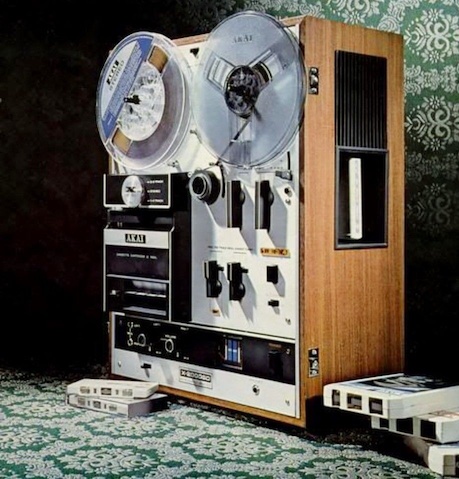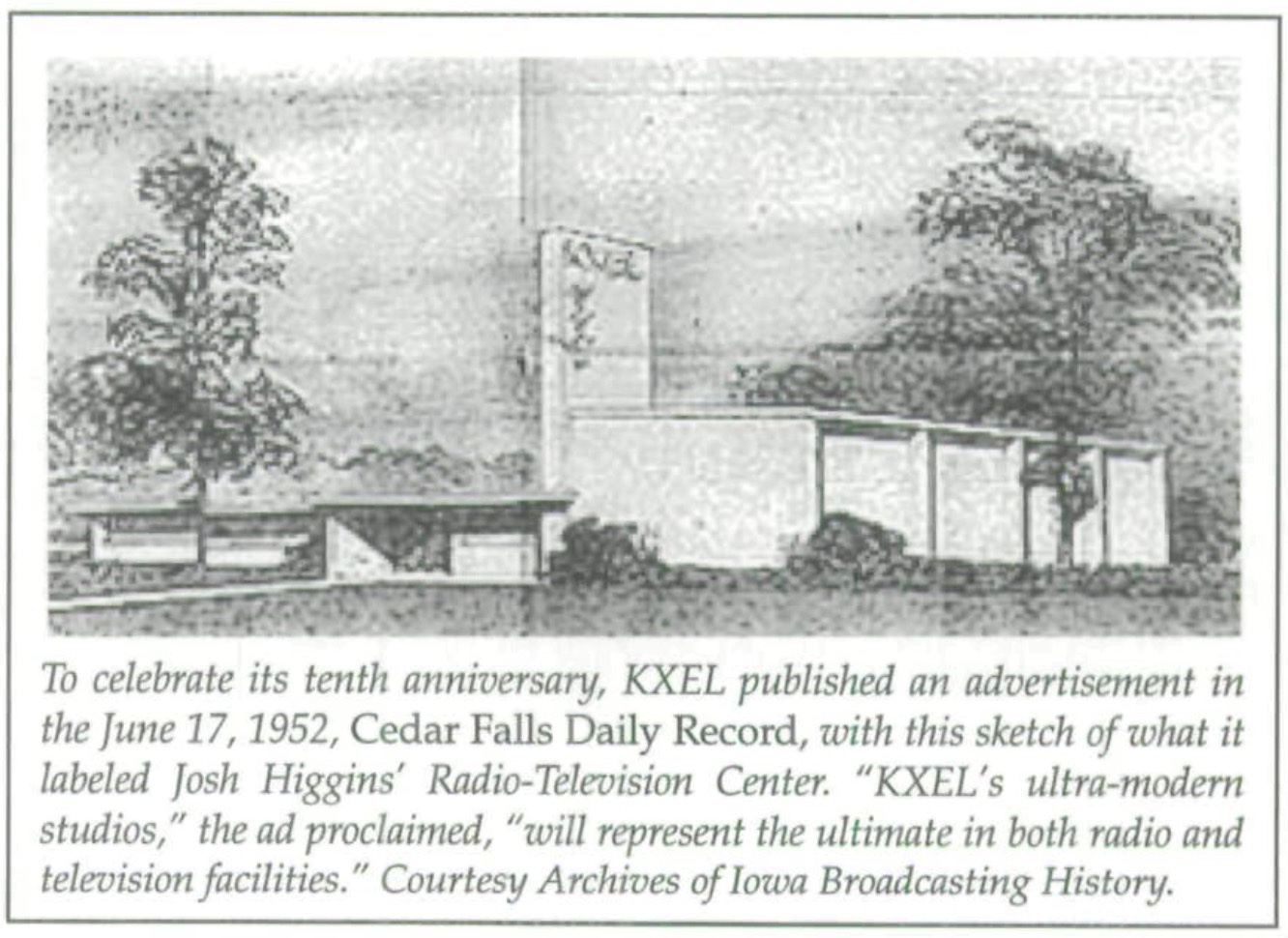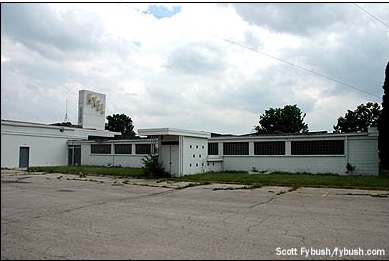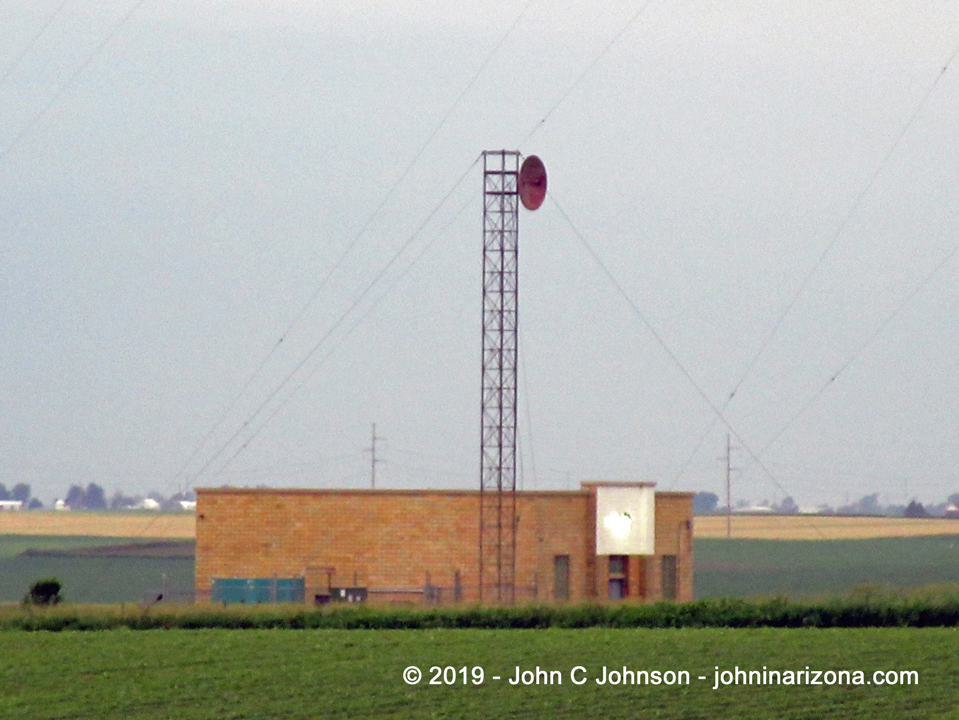

|
Hop in your time machine and dial it back to 1972...or, if you prefer, fire up your Sansui and click the links below. We can thank the stranger that tuned into 105.7 FM, KXEL one night 50 years ago and hit record on their tape deck. Preserved in stereo glory at 7-1/2 IPS is the Stan Coleman Overnight Show, featuring a great mix of funk (such as Ruby & The Gang) as well as hits you no longer hear, like "Bayou" by Fogerty, or "Dreidel" by Don Mclean. I think I'd choose that anyday over worn-out American Pie. Complete with random ads and announcer spots, both sides are available as MP3's below... |
 |
| Click for Side A - 45 Min, MP3 |
| Click for Side B - 48 Min, MP3 |
|
What happened to Stan Coleman? Apparently, this was quite the springboard as he went on to bigger and better things in broadcasting, winning numerous state and national awards for his programs and documentaries. And KXEL? They hold the distinction of being the last radio station granted a broadcast license going into WW2 (50kW). Of course, I only remember them as an AM country station; they're still around and are a talk radio format today. But in 1947(!) they also started broadcasting FM, upgraded to stereo later and covered northeast Iowa. They still transmit from the same location today in Dysart, IA (same brick structure, too). Though their studio is in downtown Waterloo. Which brings us to the story of their abandoned studio on the outskirts of town, perched on a hill with nothing but open land to all sides. It is (was?) a concrete block building but with 50's flair, including glass block, linear fenestration and large neon letters that spelled out KXEL. In the late 90's with a freshly minted driver's license, I remember stumbling upon this place on old Highway 20 and wondering what the backstory was. It's still there today, though no longer visible from the road due to overgrowth. But why such a large, "modern" studio? And why abandoned? |
 |
 |
| Proposed TV/Radio Studio, 1952 | Ill-Fated Studio As-Built |
 |
 |
| Dysart, IA Transmitter Site | Stan Coleman: 49+ Years in the Industry |
|
Today, KWWL, the RJ McElroy Trust, and the words News Channel 7, are household phrases in this part of the state, but things could have turned out very differently. By the late 40's, the larger, more powerful, KXEL radio franchise was ready to launch into television, but a moratorium on FCC licenses meant a nationwide delay and backlog. Smaller player KWWL also wanted in on the new medium, and the two collectively petitioned the FCC for KXEL to occupy channel 7, and KWWL channel 12 on the VHF dial once the moratorium was lifted. It should be mentioned that both franchise owners carried significant clout in the community, and each had respective backers and radio advertisers, but KXEL's DuMond had friends in the FCC, and decided to 'jump' the request to secure channel 7, which meant KWWL might end up stuck on UHF 16 if the FCC didn't agree with KWWL's VHF study. Ending up on UHF would have been a non-starter back in the early 50's. From there, things spiraled out of control with boycotts, petitions, advertising slander, and political muckery. So what of this new TV studio? The FCC had expressly forbidden the construction of facilities or purchase of related equipment -prior- to being granted a license, as a measure of curbing bias to those who may be favored in exactly this kind of situation. And guess what? DuMond had not only done so, building this new TV broadcast center, but also had significant equipment on order from DuMont. Further angering the FCC, he was using his radio platform in an attempt to convince the public to boycott KWWL into dropping their request for a TV license, claiming KXEL would be 'on the air by now' providing TV service to the community (at the time, the next nearest station was 100+ miles away). The story gets even juicier with a secret tape recording, legal battles and other misdeeds. In the end, KXEL was denied their TV license, and found themselves with a TV studio and equipment they had no use for. In agreement with KWWL, Channel 7 went on the air occupying one half of the building, using said equipment as well as the tower, while KXEL (having moved in a year prior) broadcast radio from the other half. The relationship went about as well as you'd expect, and KWWL moved out in 1958. Today, KXEL-AM's studio is shared with others in downtown Waterloo, and they're still broadcasting from their Dysart transmitter. If anyone knows when they left their ill-fated TV studio, I'd love to know. For a great read, check out this PDF: The Battle for Channel 7: A Media Showdown in Waterloo |
Additional KXEL Info on the Net:
2007 Tower Site of the Week - Waterloo, IA:
https://www.fybush.com/sites/2007/site-071214.html
Apparently there are some mag tapes from 1952 that were saved and are part of Wartburg College's archive:
https://knightguides.wartburg.edu/aib/kxelradio
Check out the 1971 KIOI San Francisco Tapes!
Dec 2023 - Cory Heisterkamp